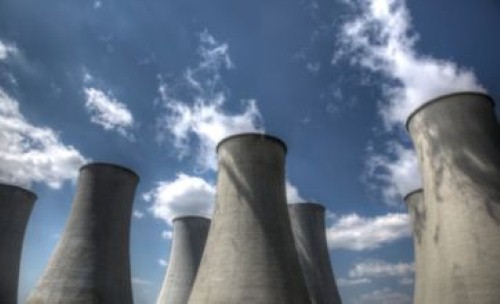The Seabrook Station, a New Hampshire-based nuclear power plant, has come under fire recently for not being properly prepared in an emergency situation, even after the Nuclear Regulatory Commission (NRC) created new federal standards over a year ago to deal with accidents that could affect public health and safety.
Plant operators failed to properly detect a simulated radiological release at the nuclear power plant and also failed to advise state emergency planning officials during a test of the emergency preparedness process held in April. Seacoast residents learned of these facts just two weeks ago.
"We are confident in our ability to protect the public health and safety, (but) this is clearly an area for us to improve," said Seabrook plant spokesman Alan Griffith in a local newspaper article . "The best thing we can do is learn from this."
In addition, a phone line connecting the Seabrook Station to emergency response officials in Massachusetts was found to be inoperable. This discovery happened one week ago, when a small amount of a highly corrosive ammonium hydroxide spilled and the plant's administrative building needed to be evacuated. That type of event requires notification of emergency officials in New Hampshire and Massachusetts but the notification was delayed for several minutes due to the phone line issue.
The federal guidelines initiated last year included new evacuation standards, such as ensuring nuclear facilities are preparing for events with and without radiation being released. The evacuation area was also changed, determining which residents need to leave – depending on location in relation to the facility.
While it is vital for businesses of any kind to follow federal procedure in light of an emergency, it is also important for them to create a business continuity plan, to ensure the company will be able to continue running after the emergency.

